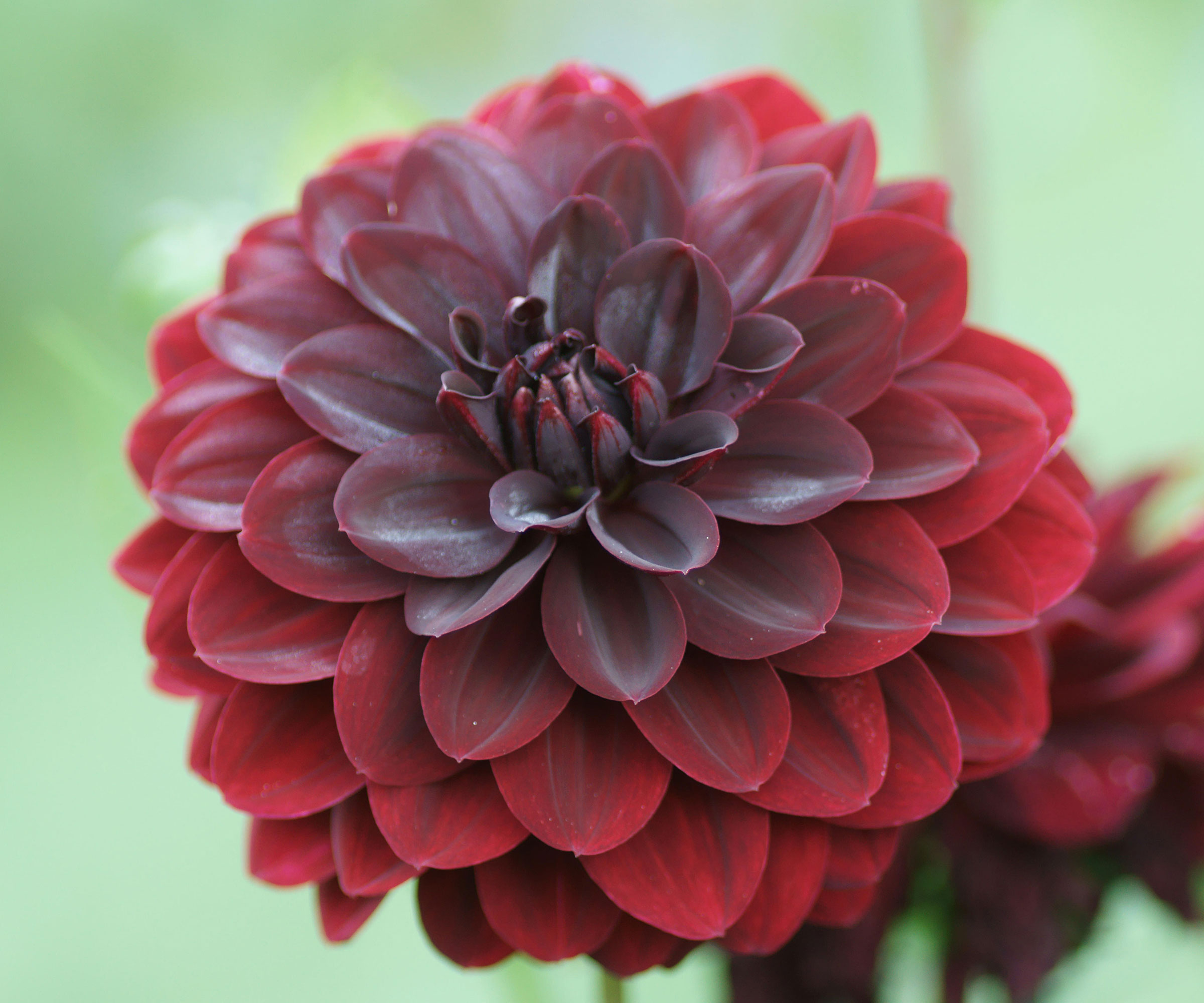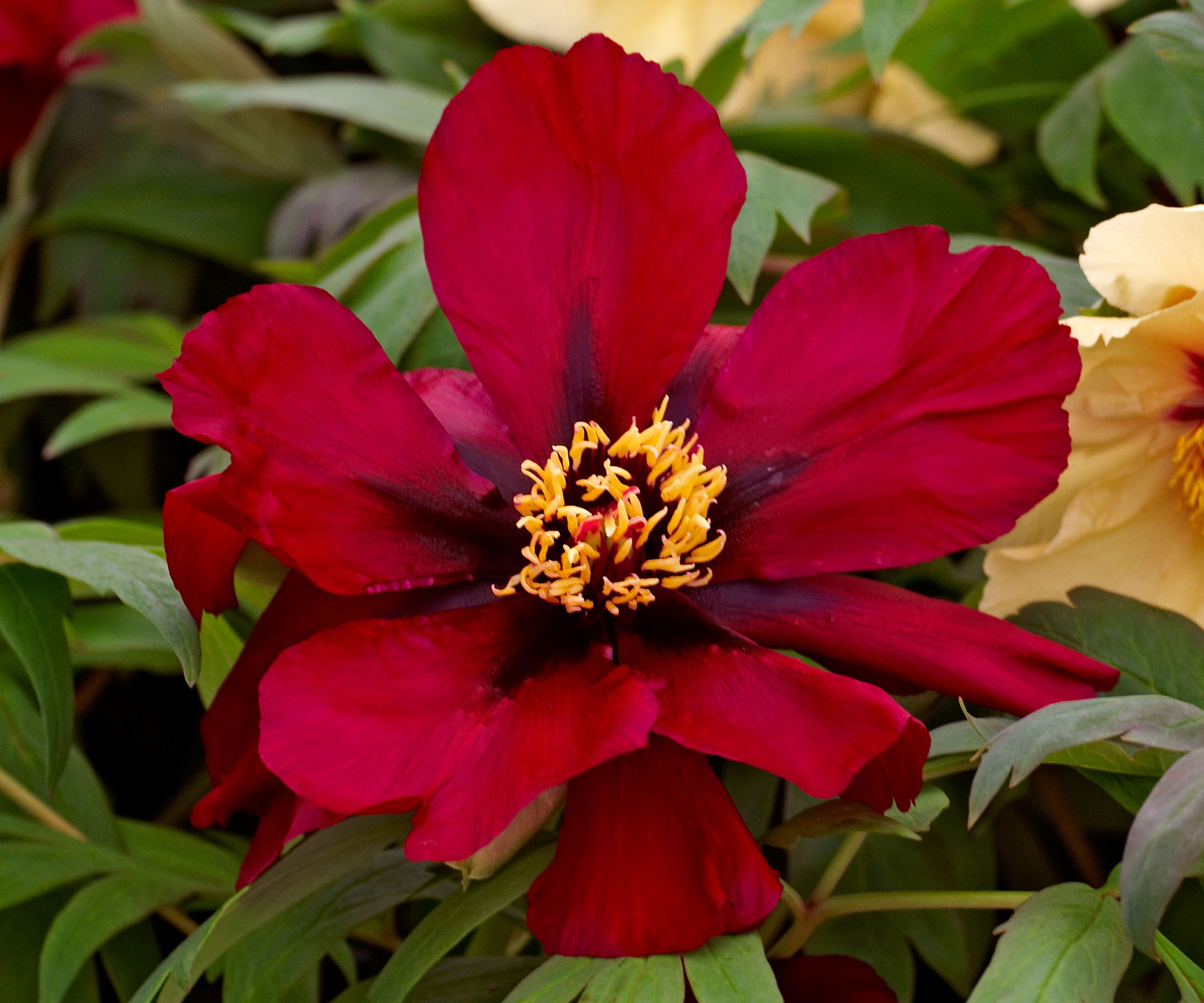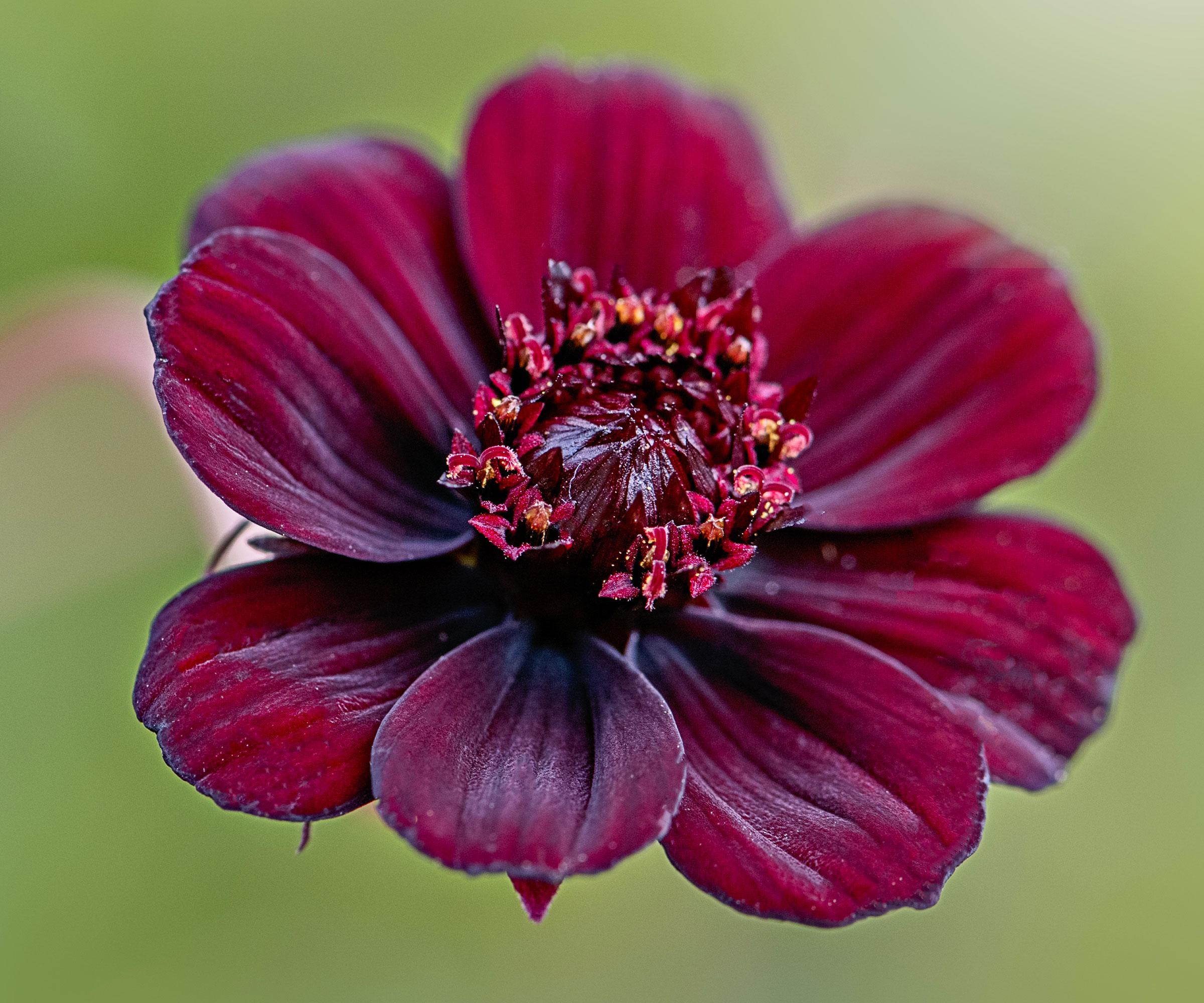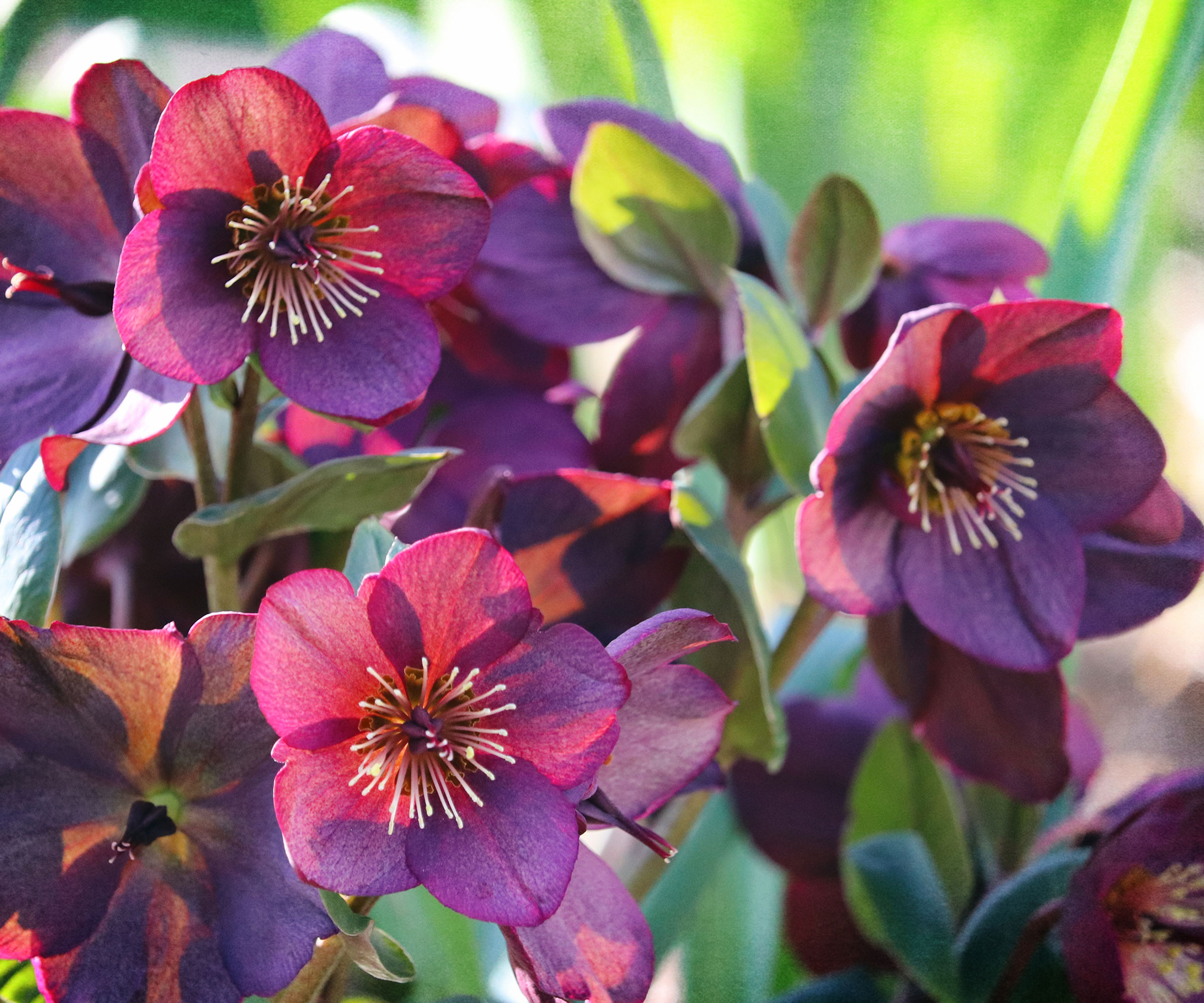Best Moody Maroon Flowers: 8 Burgundy Blooms For A Moody Garden
Growing maroon flowers may not be for the faint of heart, but it is a glorious way to add drama and impact – as well as lure pollinators to your plot. So why not go dark with these eight blooms?


Color and texture play a major role in the creation of dynamic garden spaces. While it is common to find ornamental flower beds adorned with soft pastel tones and airy fillers, the use of maroon flowers and ‘moody’ tones is becoming increasingly popular.
Using deeper shades to add drama and visual interest has continued to gain popularity. And as well as bringing a singular spectacle to a garden, choosing dark red flowering perennials and annuals will also boost your plot’s pollinator appeal. Here are eight moody flowers guaranteed to give your garden standout tones.
8 Moody Maroon Flowers And Burgundy Blooms
Moody florals will work well in almost any space. Contrasting colors among plantings draw the eye through the garden and create lovely focal features. Flowers with deep, saturated tones may also be helpful to the garden ecosystem.
Though the reflectivity of the sun will make lighter colors more visible, dark and moody flowers may warm more quickly. This is especially beneficial to pollinators early in the growing season or where conditions remain relatively cool through the summer. Below, we will explore several gorgeous ornamental species that will work well in pollinator gardens and set the tone in your next growing space.
1. Dahlia ‘Arabian Night’

Hardy to USDA zones 8-10, dahlia flowers are known for their immense diversity. Ranging vastly in both color and shape, it’s no surprise that the species would include a wide variety of maroon flowers. One such cultivar, ‘Arabian Night’, is ideal for use in both borders and cutting gardens. Though tubers will not survive under harsh winter conditions, gardeners have found success growing the plant as an annual, storing their favorite varieties through the coldest parts of the year.
2. Scabiosa ‘Black Knight’
Scabiosa are known for their early bloom period and unmatched ability to attract pollinators. ‘Black Knight’ scabiosa is certainly no exception, as deep red flowers open atop strong, sturdy stems. Tall plants are well-suited to use in mixed borders and as cut flowers. Since the annual is hardy to frost, growers have found success sowing seed in both early spring and autumn.
3. Peony ‘Black Panther’

A woody perennial, tree peonies are most prized for the size of their flowers. ‘Black Panther’ peonies produce blooms in attractive shades of deep burgundy that contrast well with their bright, yellow stamens. These hybrids can be expected to bloom from spring until early summer, growing best where they are able to receive dappled light.
Sign up for the Gardening Know How newsletter today and receive a free copy of our e-book "How to Grow Delicious Tomatoes".
4. Anemone ‘Bordeaux’
A good choice for growers in USDA zones 7-11, anemones offer lasting early season color and truly unique beauty. Also known as wind flower, these stunning blooms are noted for their unmistaken ability to seemingly dance in the breeze. ‘Bordeaux’ boasts exceptional color, accented by its black center. Anemones grow well as a bedding plant, in containers, and are often used in cut flower arrangements.
5. Celosia ‘Celway Red’
Celosia plants are beloved for their vast range of colors and textures. One type, ‘Celway Red’, produces strong floral spikes in sprightly, cranberry-like tones. These maroon flowers, combined with the plants’ prolonged bloom period, make the annual ideal for use in mixed garden borders where lasting seasonal color is paramount. Celosia is a valuable addition to pollinator beds and is highly attractive to bees and numerous beneficial insects.
6. Chocolate Cosmos

Another flower considered to be quite moody, these cosmos leave a lasting impression. A native of Mexico, Cosmos atrosanguineus produces blooms in deep shades of red and maroon. The plants will behave as perennials in warmer regions, USDA zones 9-11; though the species can also be grown as an annual. Gardeners outside of the plants' hardiness range have found success preserving their favorite specimens by lifting and storing them throughout winter.
7. Snapdragon ‘Costa Velvet’
A recent introduction, ‘Costa Velvet’ snapdragons make a remarkable addition to annual beds and landscapes. In addition to color, impressive spikes offer both height and texture amid plantings. Commonly grown as a hardy annual, the cultivar can be planted in both spring and fall in most regions.
8. Hellebore ‘Rome in Red’

Often considered to be a true winter-blooming flower, hellebores are among gardeners’ favorite early-season ornamental plants. While most produce blooms in varying shades of white and pink, varieties like ‘Rome in Red’ yield buds that are deep and alluring. Once established, hellebores are easy to care for and will bloom dependably season after season.
Frequently Asked Questions
Which Flower Colors Go Well With Maroon?
Maroon flowers match well with a wide range of garden colors. Varying shades of pink and red are most common and create an interesting monochromatic space. Other attractive color combinations can be achieved by matching with green, yellow, orange, blue and ‘moody’ mauves.
Which Flower Is The Deepest Maroon?
Determining the most pigmented flower type for the garden is difficult, and will depend greatly upon the growers' personal preferences. Many plants, producing the deepest of red tones, are often identified as having ‘black’ blooms. Researching these types, as well, may be beneficial to those hoping to truly find the darkest flowers possible.

Tonya Barnett has been gardening for 13 years. Flowers are her passion. She has transformed her backyard into a cut flower garden, which she regularly chronicles on her YouTube channel http://www.youtube.com/@tonyawiththeflowers.